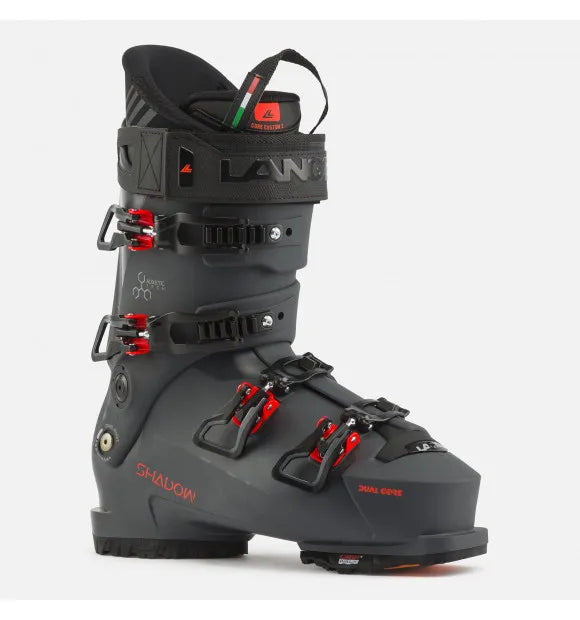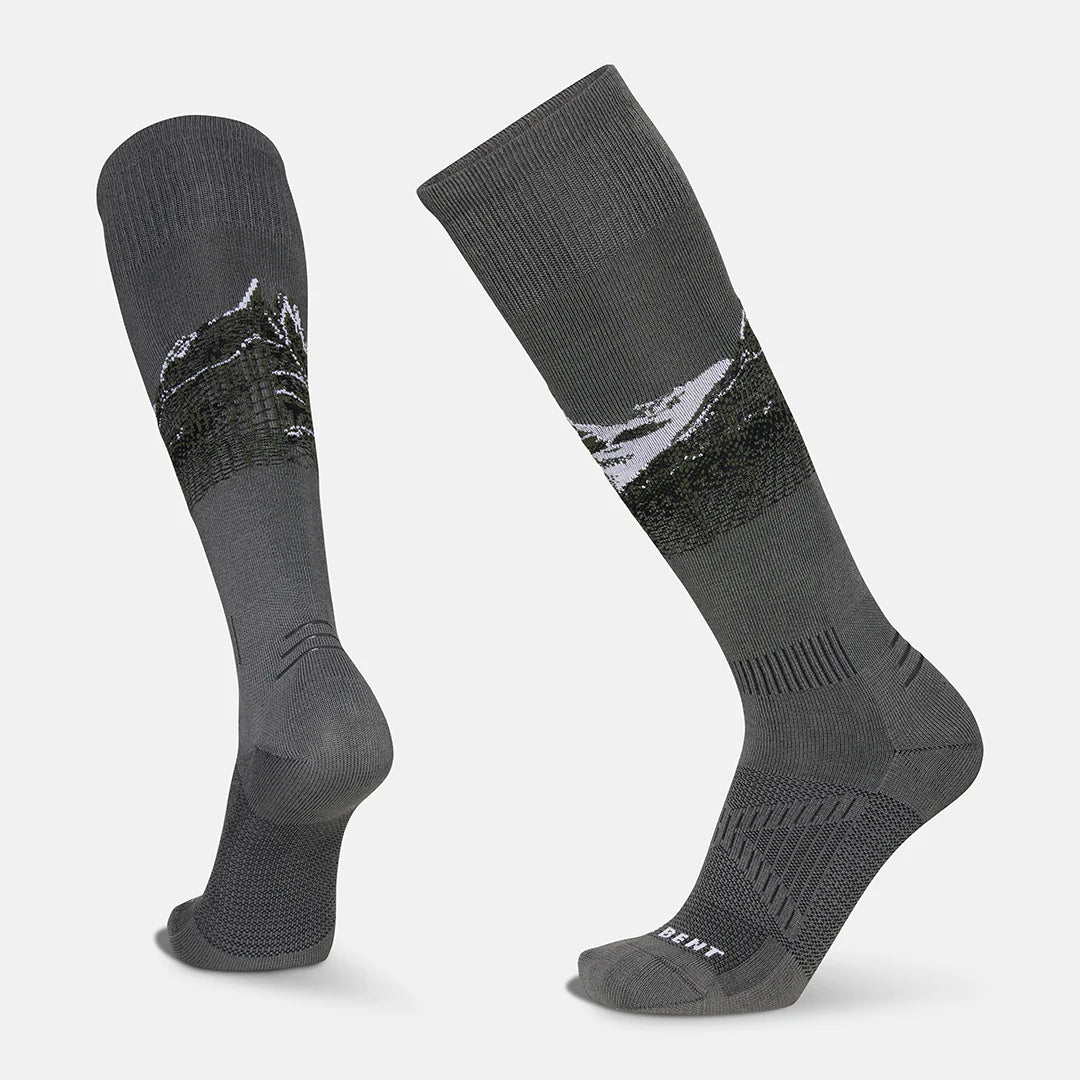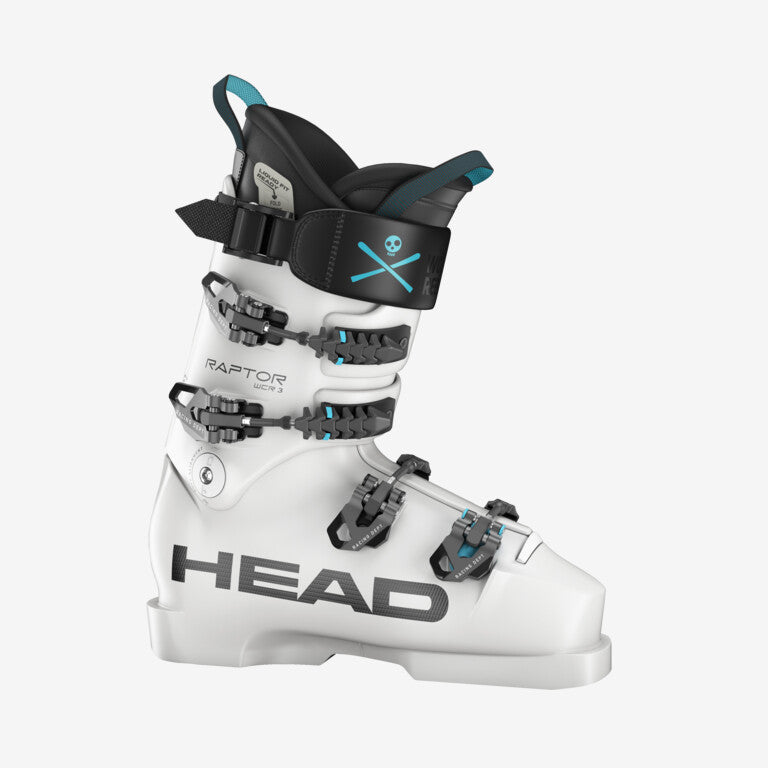Ski Boot manufacturers typically refer to the Width of the ski boot in 2 ways. The first is the "Last". This measurement is done in millimeters and is the internal width of the ski boot from the knuckle of the big toe to the "6th Toe". The narrowest race boots will measure 92mm in a size 26.5, while the widest ski boots will be 106mm in a size 26.5. The widest we carry at Surefoot is 104mm wide.
The second way Ski Boot companies refer to the width is by "Volume". This does not always necessarily refer to the overall interior volume of the boot but typically works as follows.
- 97mm to 98mm = Low Volume (LV)
- 99mm to 100mm = Medium Volume (MV)
- 102mm to 104mm = High Volume (HV)
Good to Note: The interior shape of a skier boot often becomes less anatomical as the boot gets wider. This is not always the case but is true in many instances. Therefore a 97mm Last will have an interior shape that is closer to the shape of the foot than a 102mm or 104mm ski boot.
Here's a Few Factors to Consider:
-
Foot Shape Compared to Internal Shape Boot
- Not all ski boots with the same "Last" are created with the same internal shape. They all may be exactly 100mm wide, but there could be significant differences in the shape of the heel, ankle, instep, and medial area above the arch. These different shapes can impact how wide the boot feels. For example: If an arch collapses inside the boot it may come into contact with the medial wall and then push the foot to the outside, making the boot feel too arrow even though the width "should" fit. This can also happen with skiers who have low insteps, as the foot can slide forward into a narrower part of the boot.
-
Performance Expectations
- The closer the foot sits to the plastic of the shell, the better the boot will perform. This is true to an incredible degree. Hence the reason why ski racers wear boots as narrow as 92mm even when their foot is much wider than the boot. The ideal boot for an expert skier may often be narrower than a less experienced skier with a very similar foot shape.
-
Foot Compression
- Skiers will often be able to accept various levels of foot compression based on several factors. Age, ability, and past injuries are just a few examples. It's common for some skiers to wear a ski boot narrower than their foot and have the perfect fit, while another skier with a similar foot in the same boot may feel too narrow
- Custom Orthotics and Custom Liners
- Custom Orthotics and Custom Ski Boot Liners will position the foot and ankle inside the middle of the ski boot. This allows the boot to fit better and removes some of the variables that can make a boot feel too narrow even if it is not.



